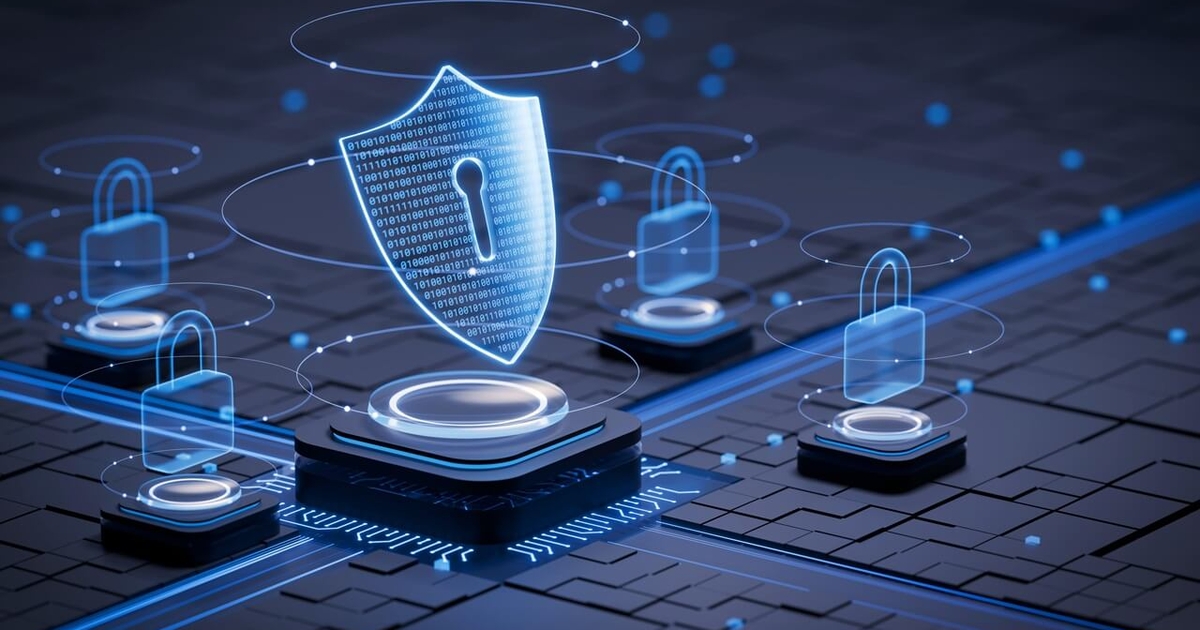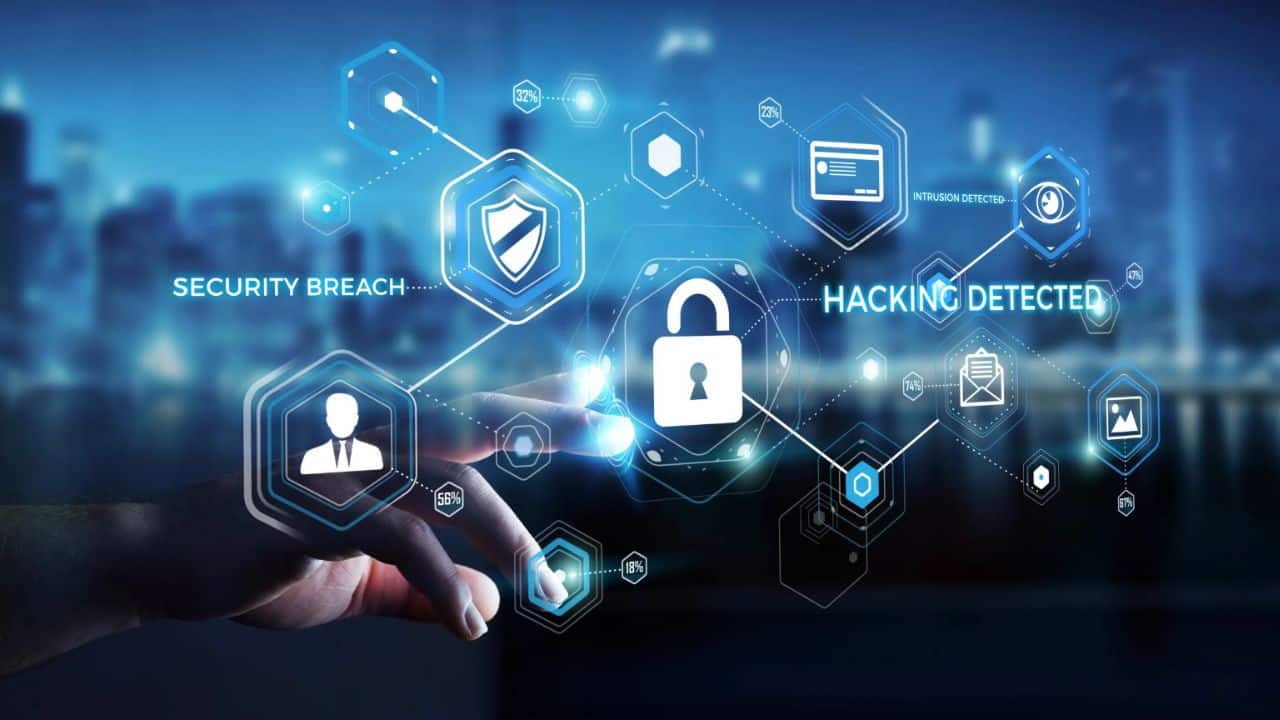The digital world in 2025 is a battlefield, with cyber attacks and data breaches hitting harder and faster than ever. From ransomware crippling critical infrastructure to AI-driven phishing scams outsmarting even the savviest users, the stakes are sky-high. This article dives deep into the latest trends, real-world incidents, and actionable steps to protect yourself and your organization. Whether you’re a business owner, IT professional, or just someone trying to stay safe online, here’s everything you need to know to navigate the cyber threat landscape in 2025.
Why Cyber Attacks Are Surging in 2025
Cyber attacks are evolving at an alarming pace, fueled by advanced technology and increasingly bold cybercriminals. In 2025, we’re seeing a perfect storm of sophisticated attack methods, underprepared organizations, and a growing reliance on interconnected systems. The global cost of data breaches has climbed to an average of $4.44 million per incident, with the U.S. facing a staggering $10.22 million per breach, according to IBM’s 2025 Cost of a Data Breach Report.
The Role of AI in Cybercrime
Artificial intelligence is no longer just a tool for good—it’s a weapon in the hands of hackers. AI-powered attacks, like deepfake scams that cost UK firm Arup $25 million, are becoming scarily common. These attacks use machine learning to craft convincing phishing emails or mimic trusted voices, tricking even seasoned professionals.
Supply Chain Vulnerabilities
Supply chain attacks have doubled since April 2025, with 26 incidents monthly, per Cyble’s threat report. A single breach, like the Salesloft-Drift integration compromise, exposed sensitive data from over 700 organizations, including Cloudflare and Zscaler. These attacks exploit third-party vendors, proving no company is an island.
Ransomware’s Relentless Grip
Ransomware remains the costliest cyber threat, accounting for 23% of data breaches in 2025. Groups like Qilin and ShinyHunters are hitting hard, targeting industries from healthcare to aviation. The agricultural sector, for instance, saw a 101% spike in attacks since August 2024.
Major Cyber Attacks and Breaches of 2025
The first half of 2025 has been a wake-up call. From global corporations to local governments, no one is immune. Let’s break down some of the most significant incidents that made headlines.
LNER Passenger Data Breach
On October 9, 2025, UK rail operator LNER confirmed a breach at a third-party supplier, exposing passenger contact details and travel histories. Swift incident response contained the damage, but it highlighted the risks of third-party dependencies.
Jaguar Land Rover’s Production Halt
A cyber attack forced Jaguar Land Rover to shut down critical IT systems, halting production and sales globally. The breach’s full scope is still under wraps, but it disrupted operations across 30 countries, showing how one attack can ripple worldwide.
Salesforce Supply Chain Attack
In mid-2025, a coordinated attack on Salesforce environments hit major players like Google, Cisco, and TransUnion. Hackers exploited OAuth tokens to steal customer data, including support case details and cloud secrets. This breach underscored the dangers of interconnected SaaS platforms.
Healthcare Under Siege
The healthcare sector faced the largest breach of 2025, with 1.06 million patient records compromised at a U.S. provider. Sensitive data, including medical certificates, was exposed, raising concerns about patient privacy and operational continuity.
Industries Most at Risk in 2025
Cybercriminals don’t discriminate, but some sectors are hit harder than others. Here’s a snapshot of the most targeted industries in 2025, based on recent data.
| Industry | Attack Frequency | Key Threats | Average Breach Cost |
|---|---|---|---|
| Healthcare | 4,178 attacks/week | Ransomware, Data Theft | $4.74M |
| Education | 4,178 attacks/week | Phishing, Malware | $3.9M |
| Finance | 2,500 attacks/week | Supply Chain Attacks, OAuth Exploits | $5.1M |
| Agriculture | 101% increase YoY | Ransomware, DDoS | $4.2M |
| Government | 1,800 attacks/week | Zero-Day Exploits, Insider Threats | $3.7M |
Data sourced from Check Point Research and IBM Cost of a Data Breach Report 2025.
Why These Sectors?
- Healthcare: Stores sensitive patient data, making it a goldmine for ransomware groups.
- Education: Often underfunded in cybersecurity, universities are easy targets for phishing and malware.
- Finance: High-value transactions attract sophisticated supply chain attacks.
- Agriculture: Rapid digitalization has left unpatched vulnerabilities ripe for exploitation.
- Government: Critical systems and sensitive data make it a prime target for state-sponsored actors.
How to Protect Yourself in 2025
Staying safe in this digital wild west isn’t easy, but it’s possible. I’ve seen friends lose personal data to phishing scams, and it’s a gut punch—hours spent freezing accounts, changing passwords, and worrying about identity theft. Here are practical steps to shield yourself and your organization.
For Individuals
- Use Strong Passwords: A unique, complex password for every account is non-negotiable. Use a password manager like LastPass or 1Password.
- Enable 2FA: Two-factor authentication adds a critical layer of security. Apps like Google Authenticator are user-friendly and effective.
- Beware of Phishing: That email from “your bank” might be a trap. Always verify sender details and avoid clicking suspicious links.
- Update Software: Keep your devices patched. The WhatsApp zero-day (CVE-2025-55177) was exploited until a patch was released in September 2025.
For Businesses
- Adopt Zero Trust: Verify every user and device. Companies with zero-trust models save $1 million per breach, per IBM.
- Train Employees: Regular cybersecurity training reduces phishing success rates by up to 70%.
- Secure Third Parties: Audit vendors rigorously. The LNER breach shows how one weak link can sink the ship.
- Invest in AI Defense: AI-driven security tools can detect and respond to threats in real-time.
Pros and Cons of Current Cybersecurity Tools
Pros
- AI-Powered Detection: Tools like CrowdStrike and SentinelOne catch threats faster than traditional antivirus.
- Cloud Security Solutions: Platforms like Zscaler protect remote workforces effectively.
- Incident Response Platforms: Services like Mandiant streamline recovery post-breach.
Cons
- High Costs: Enterprise-grade tools can strain budgets, especially for small businesses.
- Complexity: Advanced systems require skilled IT staff, which many organizations lack.
- False Positives: Overzealous AI detection can flag legitimate activity, causing delays.
Comparing Top Cybersecurity Tools for 2025
| Tool | Best For | Key Feature | Price Range |
|---|---|---|---|
| CrowdStrike | Enterprises | Real-time threat hunting | $150–$300/user/year |
| SentinelOne | SMBs | Autonomous endpoint protection | $70–$150/user/year |
| Zscaler | Remote Workforces | Cloud-native security | $100–$250/user/year |
| LastPass | Individuals/Small Teams | Password management | $3–$7/month |
Pricing is approximate and varies by plan. Check official websites for details.
People Also Ask (PAA)
What is a data breach in 2025?
A data breach occurs when unauthorized parties access sensitive information, like personal data or corporate secrets. In 2025, breaches often involve ransomware, phishing, or supply chain attacks, with 17.3 million records exposed in August alone.
How can I protect my data from cyber attacks?
Use strong passwords, enable 2FA, and avoid suspicious links. For businesses, adopt zero-trust models and train staff regularly. Tools like CrowdStrike or Zscaler can bolster defenses.
Where can I get updates on recent cyber attacks?
Follow trusted sources like Check Point Research, Help Net Security, or Cyber Press for daily updates. Subscribing to newsletters from sites like xage.com or cm-alliance.com keeps you in the loop.
What are the best tools for cybersecurity in 2025?
CrowdStrike, SentinelOne, and Zscaler lead for enterprises, while LastPass is great for individuals. Each offers unique features, from real-time threat hunting to cloud-native protection. See the comparison table above for details.
Real-World Example: A Close Call with Phishing
Last year, a friend of mine, Sarah, clicked a link in an email that looked like it came from her bank. It was a phishing scam, and within hours, her savings account was drained. She spent weeks working with her bank to recover the funds, a nightmare that could’ve been avoided with a quick double-check of the sender’s email address. In 2025, phishing is still a top attack vector—don’t let it catch you off guard like it did Sarah.
The Emotional Toll of Breaches
Beyond the financial hit, data breaches can leave you feeling violated. Imagine waking up to find your personal details—your address, your medical history—splashed across the dark web. It’s not just about money; it’s about losing trust in the systems we rely on. That’s why staying proactive, whether through education or investing in robust defenses, is so critical.
FAQ
What are the most common cyber attacks in 2025?
Ransomware, phishing, and supply chain attacks dominate. Ransomware alone accounts for 23% of breaches, while phishing remains effective due to AI-enhanced tactics.
How much does a data breach cost in 2025?
The global average is $4.44 million, but in the U.S., it’s $10.22 million. Costs include recovery, legal fees, and lost business.
Can small businesses afford cybersecurity?
Yes, tools like SentinelOne and LastPass offer affordable plans for SMBs, starting at $70/year and $3/month, respectively. Training and basic practices like 2FA are also cost-effective.
How do I know if my data was breached?
Check for notifications from affected companies or use services like Have I Been Pwned. Monitor your accounts for unusual activity and consider credit monitoring if exposed.
Are AI-driven attacks really that dangerous?
Absolutely. AI-powered phishing and deepfake scams, like the $25 million Arup loss, show how attackers use AI to bypass traditional defenses.
Where to Go from Here
Staying informed is your first line of defense. Subscribe to cybersecurity newsletters from Help Net Security or Check Point Research for real-time updates. For businesses, consider a free demo with Strobes Security to identify vulnerabilities. Individuals can start with free tools like Google Authenticator for 2FA or Have I Been Pwned to check for breaches.
The cyber landscape in 2025 is daunting, but knowledge is power. By understanding the threats, learning from real-world incidents, and taking proactive steps, you can stay one step ahead of the hackers. Let’s keep the digital world a safer place—together.









Leave a Reply